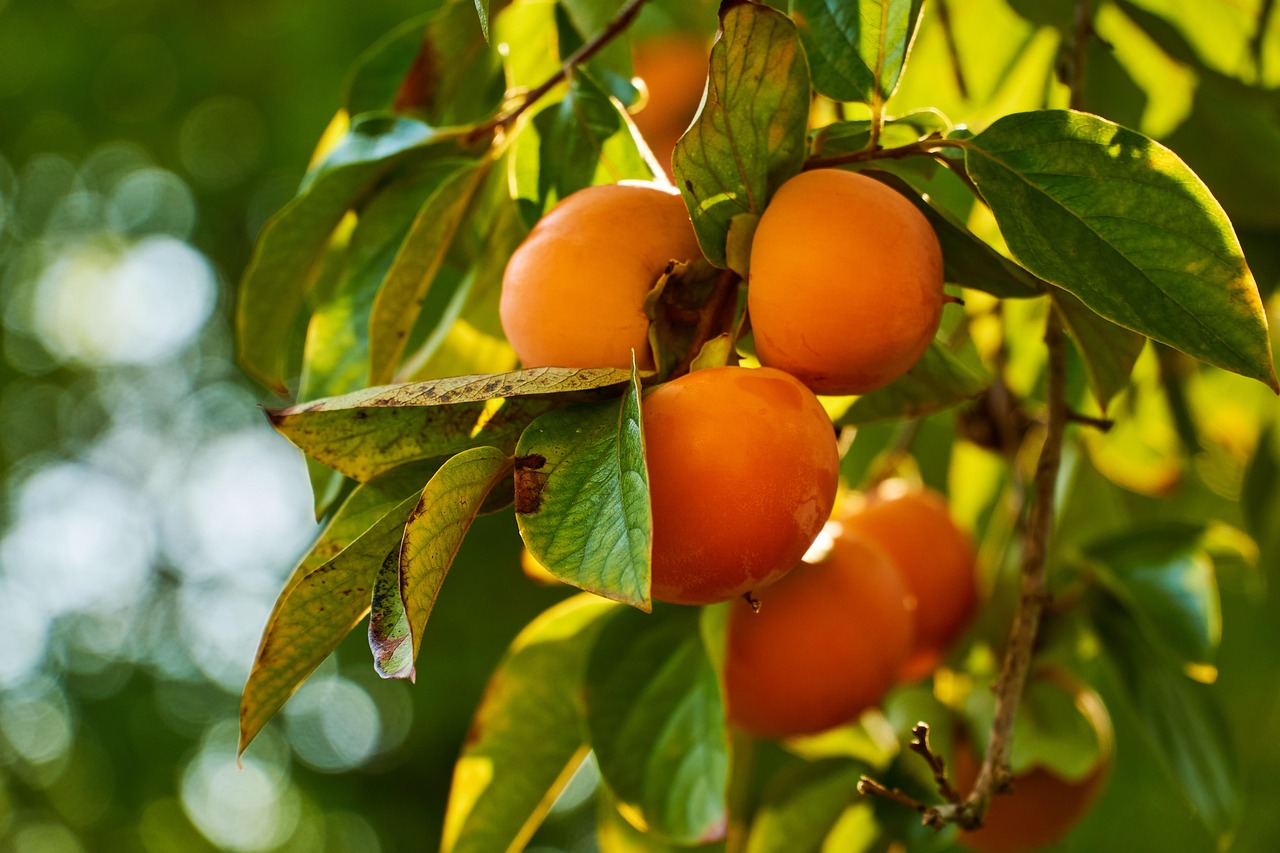This guide will focus on some of the best fruit trees for North Texas, highlighting specific varieties that thrive under typical regional conditions.
Apple
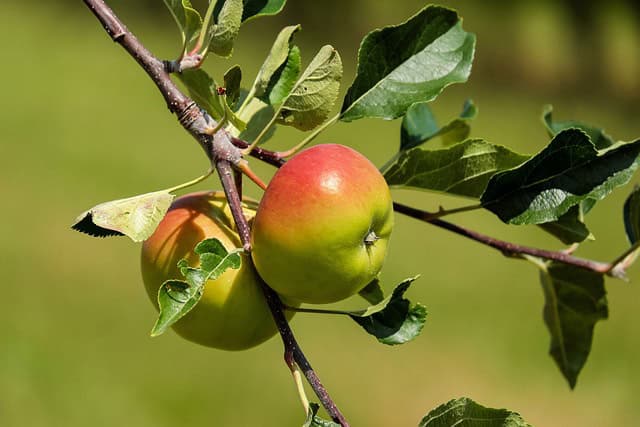
Apples are among the most popular fruit trees grown throughout the United States, and they thrive exceptionally well in North Texas. With the ideal combination of ample sunlight and cold winter temperatures, apple trees not only produce healthy fruit but also offer stunning spring blossoms and vibrant autumn foliage. There are countless varieties to choose from, each with its unique flavor profile, size, and texture. In North Texas, cultivating apple trees can be a delightful experience, encouraging pollinators while providing delicious snacks for the entire family. By selecting varieties that boast disease resistance and are well-suited to the local climate, gardeners can enjoy homegrown apples throughout the late summer and fall.
‘Golden Delicious’: This widely loved variety is known for its crisp and sweet flesh, making it a favorite for fresh eating. The ‘Golden Delicious’ is particularly resistant to apple scab, making it a low-maintenance option for gardeners. It requires full sun and well-drained soil, typically producing fruit in late summer to early fall, around late September to early October.
‘Fuji’: This apple variety is renowned for its exceptional sweetness and firm texture. ‘Fuji’ apples do best with a companion for cross-pollination, typically blooming mid to late spring with a harvest time of late September to mid-October. They thrive in well-drained, nutrient-rich soil and enjoy plenty of sunlight, ensuring a plentiful yield.
Peach
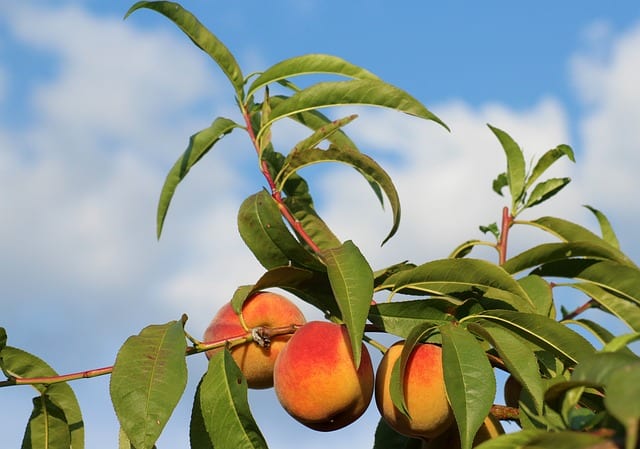
Peaches are a quintessential summer fruit, with their juicy sweetness capturing the hearts of many home gardeners. Known for their vibrant blossoms in spring and lush green foliage in summer, peach trees are not only productive but also visually appealing landscape additions. North Texas, with its warm climate and relatively mild winters, creates an ideal growing environment for several peach varieties. With proper care and attention, gardeners can expect a bountiful harvest of peaches from late summer through early fall. In addition to providing delicious fruit for eating fresh, canning, and baking, these trees create a fragrant and lively atmosphere in the garden.
‘Redskin’: Known for its flavorful, sweet fruit and attractive red blush, the ‘Redskin’ peach is a fantastic selection for warmer regions. These freestone peaches are resilient against pests and diseases, making them reliable for both beginner and seasoned gardeners. Expect fruit production from late July to early August.
‘Ranger’: Offering juicy, yellow flesh with a sweet and slightly tangy flavor, the ‘Ranger’ peach is a heat-tolerant option. This variety withstands drought conditions and is prized for its disease resistance, thriving in well-drained sandy loams. Harvest typically occurs between late July and early August.
Plum
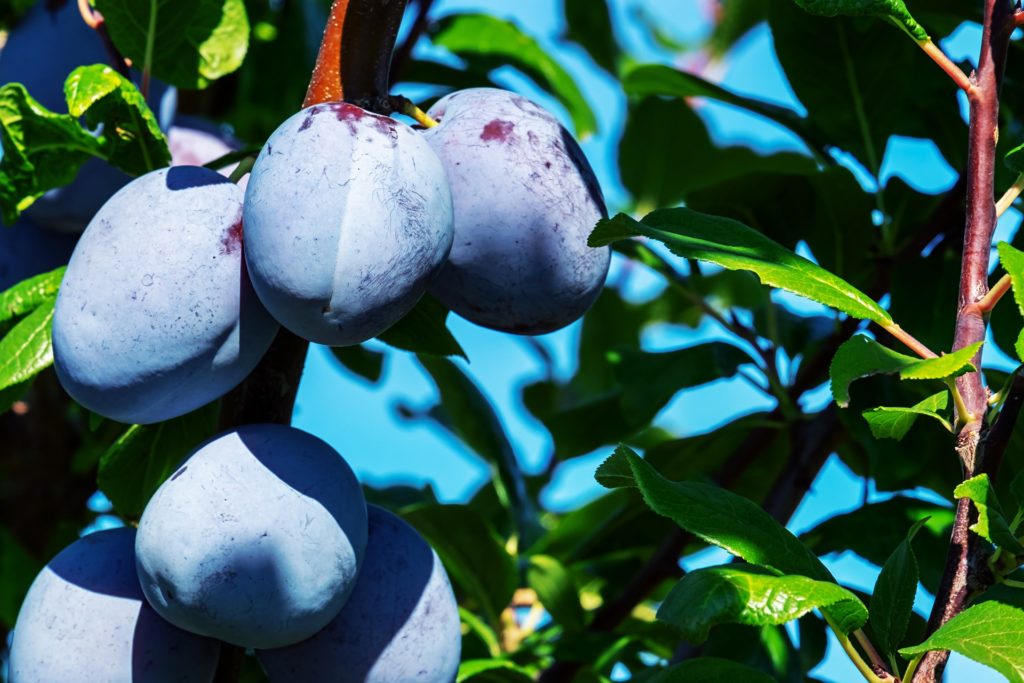
Plum trees offer a wonderful mix of practicality and aesthetic appeal, producing delicious fruits against a backdrop of stunning blossoms and foliage. North Texas gardeners can take advantage of the region’s warm summers and moderate winters, selecting from various plum varieties to suit their tastes and space. Whether they choose sweet red or tangy yellow plums, these trees not only yield ample fruit but also attract beneficial pollinators, promoting a healthy ecosystem in the garden. With their relatively low maintenance and adaptability to local conditions, plum trees can become a rewarding addition to any backyard landscape.
‘Methley’: Known for its early-season harvest, the ‘Methley’ plum yields sweet, red fruit that can be enjoyed straight off the tree. This self-pollinating variety thrives well in North Texas and produces abundantly in June. It prefers full sunlight and well-draining soil.
‘Morris’: With a reputation for its large, sweet, dark purple fruits, the ‘Morris’ plum is hardy and disease-resistant. It performs exceptionally well in the North Texas climate and produces fruit from late July to August. This cultivar favors rich, well-drained soils and sunny locations.
Pear
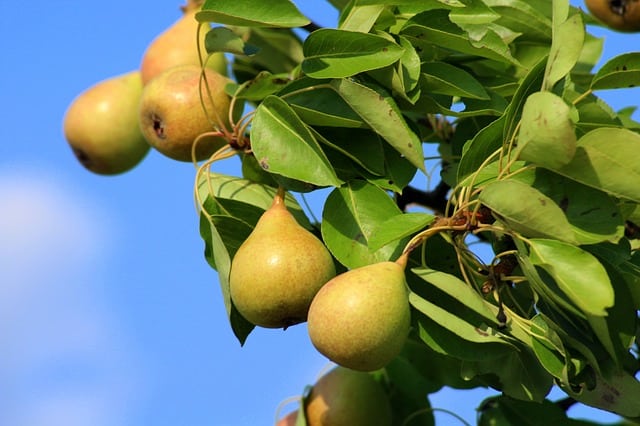
Pear trees are an excellent choice for North Texas gardeners seeking a productive fruit tree that requires relatively low maintenance. Known for their lustrous leaves and attractive spring flowers, pear trees bring more than just fruit to the garden; they provide visual interest throughout the growing season. The North Texas climate allows for several pear varieties to thrive, offering an impressive range of flavors and textures. These trees tend to be hardy, often resistant to common diseases and pests, making them an ideal choice for both beginners and seasoned gardeners. With their ability to produce sweet, juicy fruit in late summer and early fall, pear trees can enhance both the functionality and beauty of your landscape.
‘Kieffer’: Renowned for its exceptional hardiness and generous fruit yield, the ‘Kieffer’ pear is yellow with some russeting, famously juicy and flavorful. This self-pollinating variety is easy to care for and usually bears fruit in late summer, around late August to early September.
‘Moonglow’: The ‘Moonglow’ pear is celebrated for its smooth-textured, sweet flesh and its ability to resist fire blight. This variety ripens later in the season, usually producing fruit from late summer to early fall. ‘Moonglow’ prefers sunny locations and well-draining soils for optimal fruit production.
Persimmon
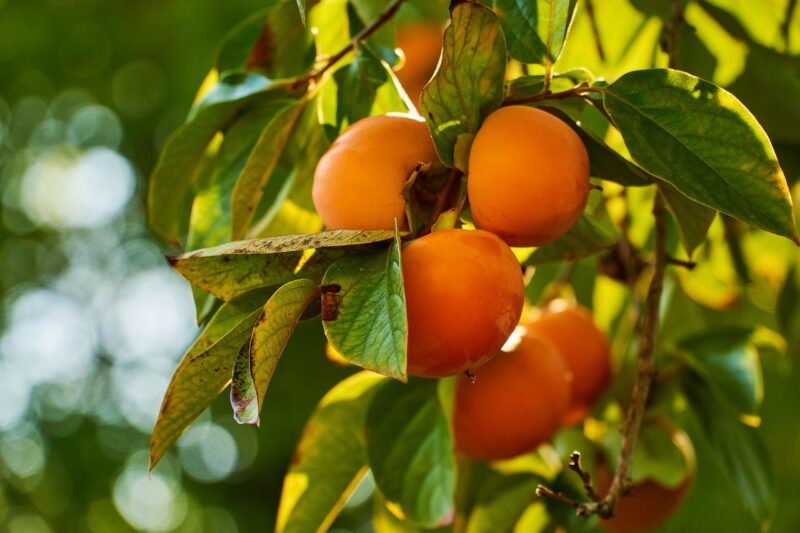
Persimmons are a unique and underappreciated fruit tree option that adds an exotic touch to North Texas gardens. Known for their vibrant fall foliage and ornamental charm, persimmon trees offer a dual benefit: they provide beautiful scenery and delicious fruit. Cultivating persimmons in North Texas is a rewarding endeavor, as these trees thrive in the region’s warm and dry conditions. The sweet, orange fruit typically ripens in the fall, offering an exciting change of pace from more common fruit trees. Additionally, persimmons are relatively low-maintenance and can tolerate drought, making them an excellent choice for gardeners looking to diversify their fruit selections with minimal effort.
American Persimmon: Native to the area, these trees thrive in North Texas and can withstand dry conditions. With sweet, orange fruit harvested in the fall, they add rich flavor to dishes and can be used in preserves.
Blackberry
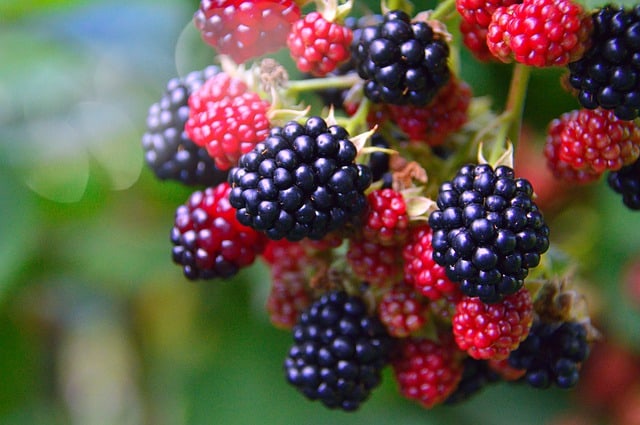
Blackberry bushes are a beloved choice for North Texas gardeners, offering the satisfaction of homegrown fruit with a minimal footprint. These vigorous plants can be grown both as upright bushes and sprawling vines, making them adaptable to a variety of garden settings. The region’s warm summers provide an ideal environment for blackberries to flourish, resulting in abundant, sweet berries that are perfect for fresh eating, baking, or jams. Choosing thornless varieties can make harvesting easier and more enjoyable. With their stunning blooms, lush greenery, and high yields, blackberry bushes are a delightful addition to any home garden.
‘Kiowa’: This variety is prized for its large, sweet fruits and vigorous growth, making it a popular choice among blackberry lovers. The ‘Kiowa’ blackberry bush thrives in sunny locations with well-drained soil and typically bears fruit from mid-summer to early fall.
‘Natchez’: A thornless variant, the ‘Natchez’ blackberry, is a favorite for its ease of harvest and sweet berries. This cultivar performs well in full sun and can produce fruit throughout mid-summer, allowing you to enjoy fresh blackberries over an extended period.
Cherry

Cherry trees lend beauty and intrigue to any landscape while producing their prize: sweet, succulent fruit. North Texas gardeners can successfully cultivate both sweet and tart cherry varieties, each offering unique flavors and uses. The striking blossoms of cherry trees herald the arrival of spring, providing a picturesque scene in the garden. While cherry trees do require some winter chilling to produce fruit, the effort is well worth it when the branches become adorned with plump cherries ready for picking. Whether enjoyed fresh, baked into pies, or made into preserves, cherries introduce a touch of elegance and festivity to North Texas gardens.
‘Bing’: These dark red cherries are known for their sweetness and juiciness, typically harvested in mid-summer. ‘Bing’ trees thrive in sunny locations and require good drainage to prevent root rot, yielding an abundant crop when conditions are favorable.
‘Montmorency’: This tart cherry variety is ideal for cooking and preserves. While it requires a bit more chilling than sweet varieties, it can still thrive in North Texas when properly sited. ‘Montmorency’ usually bears fruit in late June, perfect for refreshing pies and jams.
Blueberry
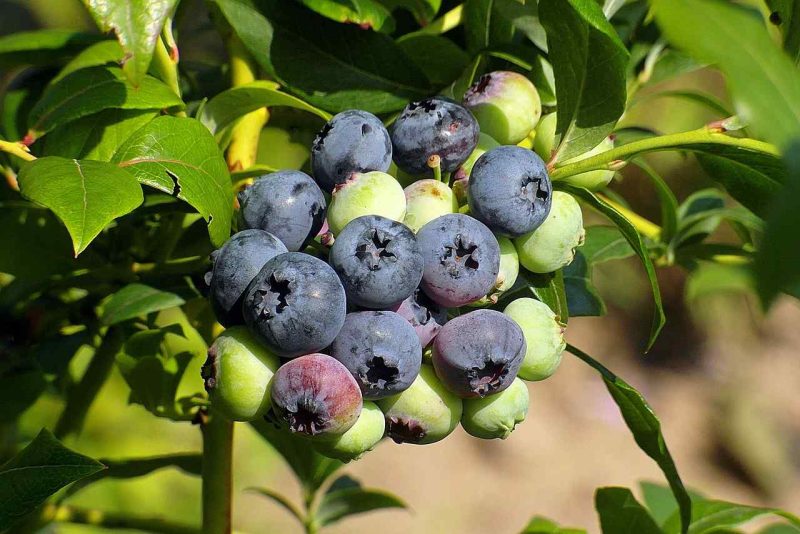
Blueberry bushes are not only revered for their delicious, nutrient-packed fruit, but they also contribute beauty to the garden year-round. These acid-loving plants thrive in the well-drained, acidic soils that North Texas can provide, especially with the right cultivation practices. Blueberries offer delightful spring flowers, glossy green foliage, and vibrant autumn colors, creating visual interest all season long. Gardeners appreciate the opportunity to grow multiple blueberry varieties, extending the harvest season and enjoying a continuous supply of fresh berries. Beyond their rich flavor, blueberries are also incredibly versatile in culinary applications, making them a worthy addition to any home orchard.
‘Brazos’: Specifically developed for the Southern climate, the ‘Brazos’ blueberry produces medium-sized, sweet berries. This cultivar thrives in full sun, preferring acidic, well-drained soil, and typically bears fruit from late spring to early summer.
‘Climax’: Another excellent Southern highbush variety, ‘Climax’ blueberries are known for their flavorful, large berries. They are productive and can be harvested in early summer. Regular watering is essential for maintaining healthy plants and ensuring bountiful fruiting.
‘Tifblue’: This variety tolerates heat well and offers late-season fruiting, usually producing berries during the summer. ‘Tifblue’ is especially popular for its plump, sweet berries and thrives best in acidic soils with plenty of sun.
Mulberry
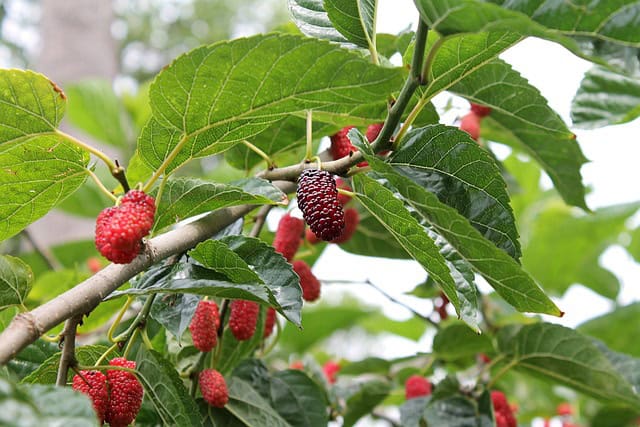
Mulberry trees are often overlooked in home gardens, but they offer unique flavor and adaptability, making them an excellent fruit tree option for North Texas. These hardy trees can thrive in a range of soil types and are well-suited to the region’s hot, dry climate. With their lush canopies and stunning foliage, mulberry trees not only provide a refreshing shade but also produce bountiful clusters of sweet fruit in shades of red, black, or white. The berries, enjoyed fresh or used in various recipes, are a sweet treat that kids and adults alike cherish. Their minimal care requirements and versatility make mulberry trees a fantastic choice for any gardener looking to expand their fruiting options.
White Mulberry (‘Morus Alba’): Known for its sweet, juicy fruits and adaptability, this mulberry variety yields delicious berries, usually ripening from late spring to early summer. These trees can handle drought conditions, making them perfect for the hot Texas summers.
Currant
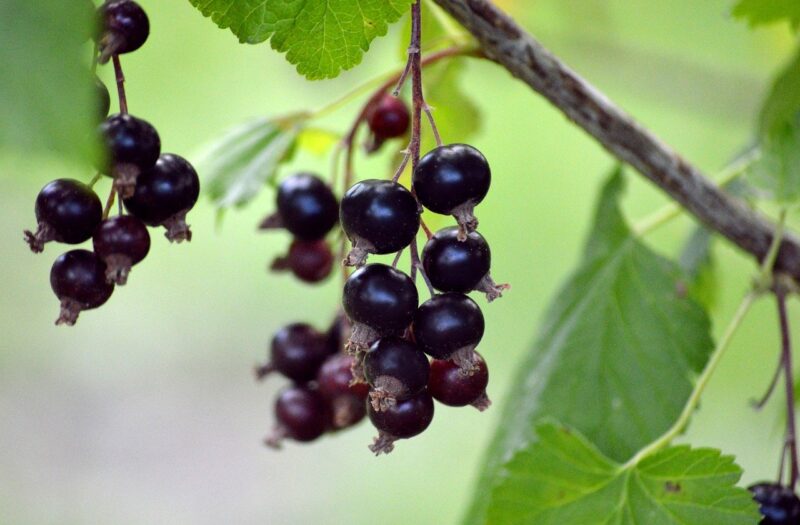
Currants may not be at the forefront of many gardeners’ minds, but they offer a special and delightful addition to North Texas landscapes. Known for their tangy flavor and vibrant clusters of berries, currant bushes can produce copious amounts of fruit, perfect for jams, jellies, and desserts. While they thrive best in cooler climates, certain cultivars can flourish in North Texas when given the right conditions, including some afternoon shade to protect them from the intense summer heat. With their lovely blooms in spring and lush foliage, currant bushes can enhance the visual appeal of your garden while also providing nutritious and delectable fruit.
‘Red Lake’: This red currant variety is known for its health benefits and tart flavor, making it an excellent candidate for jam-making. ‘Red Lake’ thrives in slightly shaded environments and can yield fruit in summer, typically in late June.
‘Blackdown’: A black currant variety, ‘Blackdown’ is noted for its sweet and tangy flavor. It can also do well in North Texas, although it prefers slightly cooler, more shaded spots to retain moisture. Harvesting typically occurs in early summer.
Fig
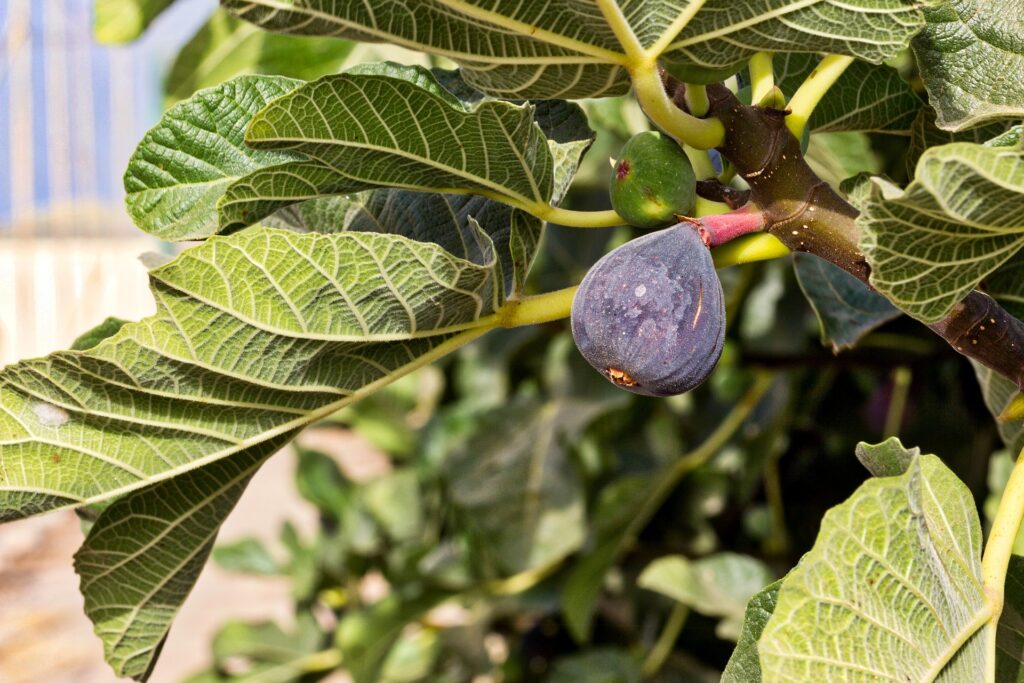
Figs are a burgeoning favorite for North Texas gardeners, famous for their luscious sweetness and ease of cultivation. These beautiful trees feature large, tropical-looking leaves and can tolerate the region’s heat and drought, making them ideal for the often challenging growing conditions. Figs produce their delectable fruits throughout late summer and into fall, showcasing rich flavors that are perfect for fresh snacking or culinary creations. The minimal maintenance requirements of fig trees make them a practical choice for busy gardeners who still want to enjoy a bountiful harvest of sweet, healthy fruit. With their unique character and adaptability, fig trees can become a star attraction in any garden.
‘Celeste’: Known for its small, sweet fruits with a delicious berry-like flavor, the ‘Celeste’ fig is favored for its drought resistance and adaptability to various soil types. This fig tree typically yields fruits in mid to late summer, making it a delightful addition to your home garden.
‘Brown Turkey’: Another excellent choice, the ‘Brown Turkey’ fig produces larger fruit with a rich, sugary flavor. It thrives in sunny locations, needing at least eight hours of direct sunlight for optimal fruiting. Harvesting usually occurs from late summer to early fall.
Raspberry
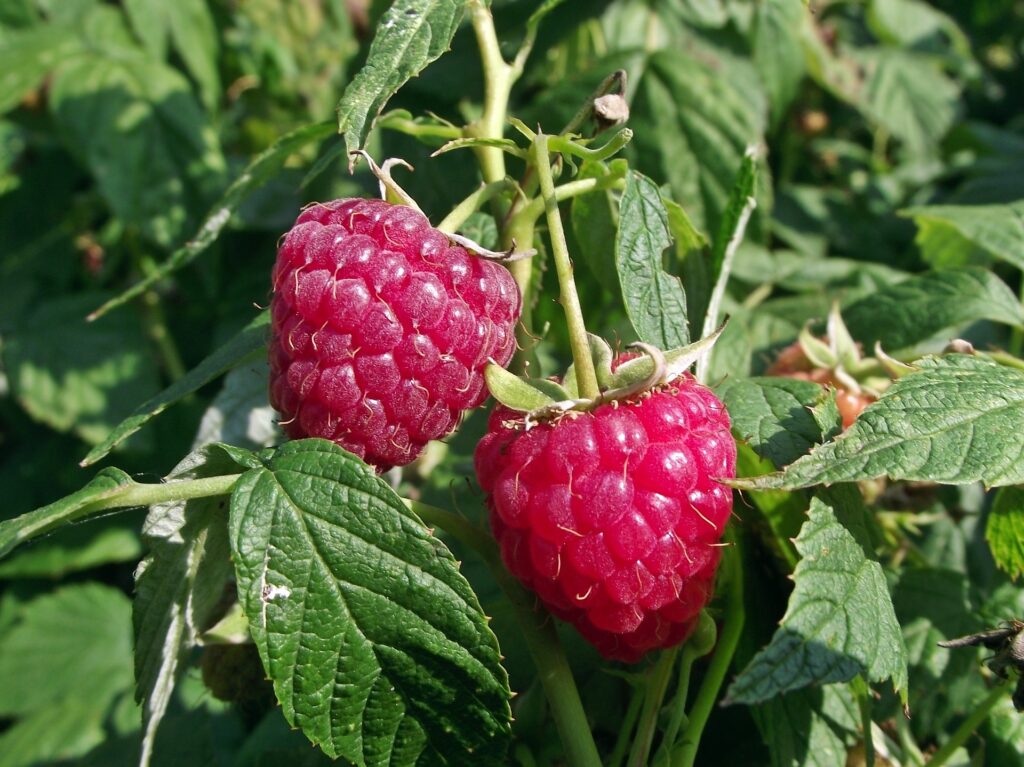
Raspberries are a delightful fruit that brings freshness, flavor, and versatility to North Texas gardens. Known for their sweet-tart taste, raspberries lend themselves to jams, desserts, and even savory dishes, making them a treasured addition to many culinary adventures. While traditionally enjoyed in cooler climates, many raspberry varieties can adapt well to the warm conditions of North Texas. Raspberries typically bear fruit in the summer, providing a plentiful harvest that can satisfy gardeners and families alike. With their charming flowers and lush foliage, raspberry plants promote biodiversity by attracting pollinators, enhancing the overall health of the garden.
‘Heritage’: The ‘Heritage’ raspberry is a reliable perennial variety, known for its hardiness and delicious fruits. This cultivar produces crops in late summer and is perfect for fresh eating, baking, or making preserves. They love full sun and well-drained soil, thriving when given proper spacing for air circulation.
Gooseberry
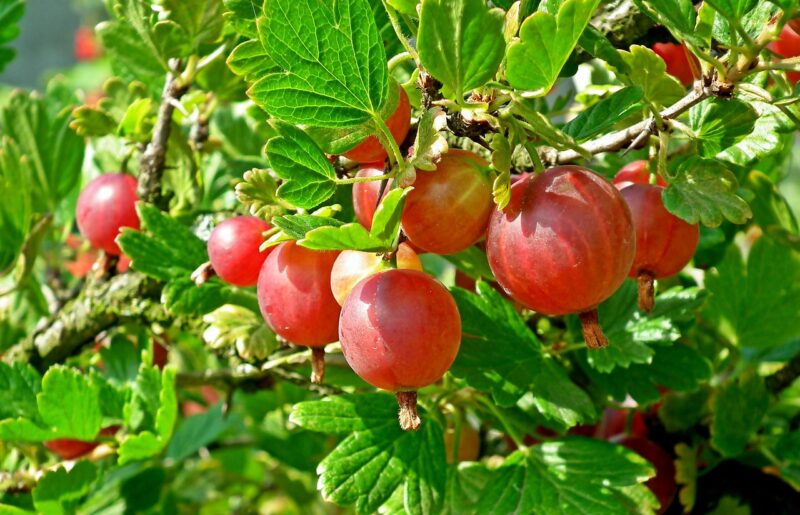
Gooseberries are often underrated in home orchards, but they offer a unique twist and can thrive in North Texas gardens with the right care and conditions. These shrubs produce small, tart fruits that can be used in an array of culinary delights, from jams to pies. While gooseberries prefer slightly cooler climates, cultivars such as ‘Invicta’ and ‘Hinnomaki Green’ can adapt to the warmer temperatures of North Texas with partial shade and sufficient moisture. Besides their fruitful yield, gooseberry bushes provide a touch of greenery and interest in the landscape. Cultivating these charming shrubs can introduce a new flavor profile and diversity to your fruit-growing endeavors.
‘Invicta’: A hardy variety, ‘Invicta’ is known for its disease resistance and ability to produce abundant crops. This gooseberry yields green fruit with a sweet flavor profile, excellent for jams and desserts. It prefers slightly shaded areas, especially in the afternoon, and has a harvest time of late summer.
‘Hinnomaki Green’: Featuring a sweet-tart taste, this variety thrives in warmer climates, making it well-suited for North Texas gardens. ‘Hinnomaki Green’ can produce crops mid-summer, and it requires well-drained soil to flourish.


